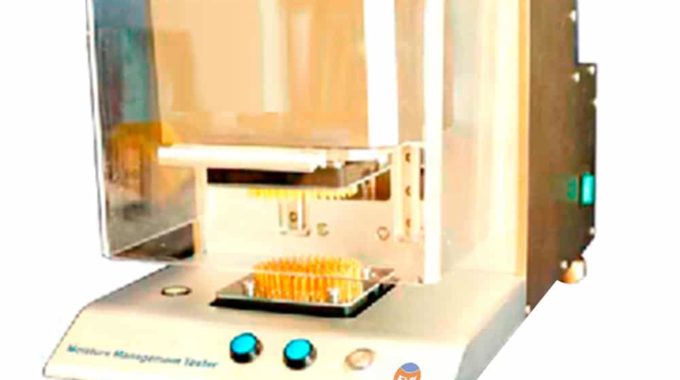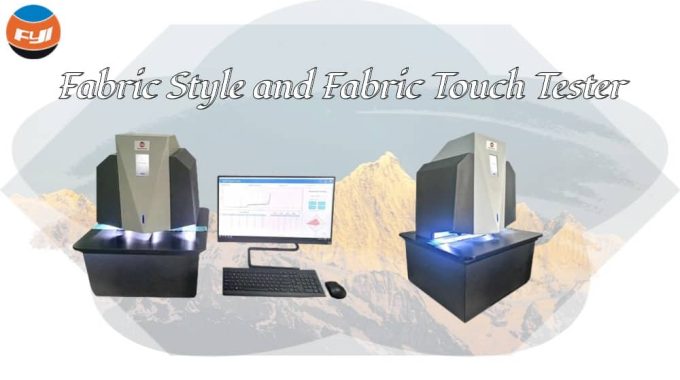
Top 9 Standards about Colorfastness in Textile
Contents
Introduction
Colorfastness refers to the ability of a material or substance to retain its color when exposed to various environmental factors such as light, heat, water, and other chemicals. It is a measure of a material’s resistance to color fading, bleeding, or transfer to other materials.
Different types of color fastness tests can be performed depending on the specific requirements of the material or product, including tests for light fastness, washing fastness, cracking fastness, and perspiration fastness. Understanding color fastness is important to ensure the longevity and durability of materials and to prevent color transfer or fading.
Terms and Definitions
Colorfastness: The resistance of color against outer influences is called colorfastness. It is distinguished between production colorfastness and usage colorfastness.
Change of color: During colorfastness tests, the change of the color within the visible spectrum between treated and untreated sample is measured. The color change can be caused by changes in color shade as well as color purity.
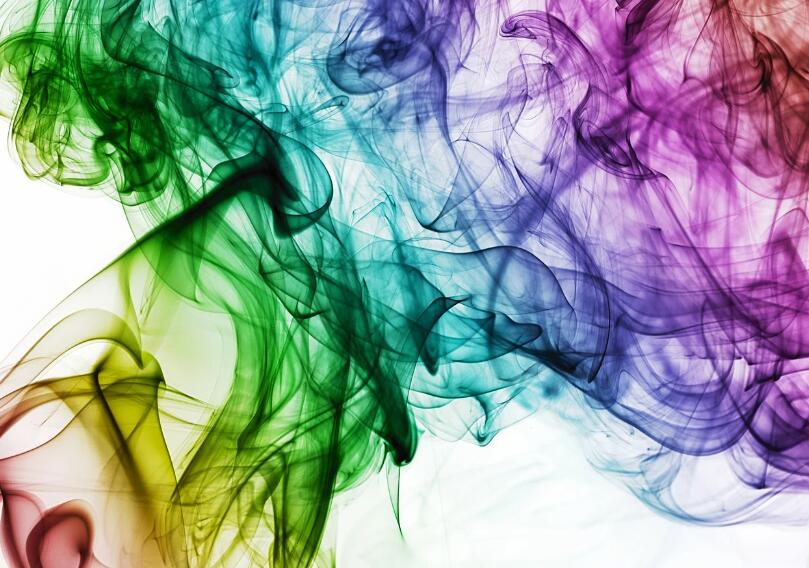
Bleeding: This term is used to describe the visible color difference between an undyed and untreated control fabric and a similar but treated fabric specimen. The difference is caused by dyestuff migrating from the treated fabric into the control fabric.
Gray scale: Gray scales are photo standards with which color change can be assessed by comparing the contrasts between control fabrics and treated fabrics. Gray scales for the assessment of color changes according to DIN EN 20 105-A02 consist of five pairs of standardized, dull, gray panels with different contrast.
Blue scale: For the assessment of light fastness, a special scale, blue scale is used. It must be prepared a new every time before it is used. It consists of eight standardized color panels (different blue dyes), sorted according to their lightfastness.
Why Colorfastness is So Important?
Colorfastness is an essential factor in the textile and clothing industry as it affects the quality, durability, and appearance of the final product.
Appearance: Color is an important factor in the appearance of clothing and textiles. Consumers expect the colors of their clothing to remain consistent and vibrant over time, and poor color fastness can cause clothing to fade, bleed, or discolor.
Durability: Garments that lose color quickly are more likely to wear out quickly than fabrics with good color fastness. Therefore, fabrics with good color fastness have a longer life.
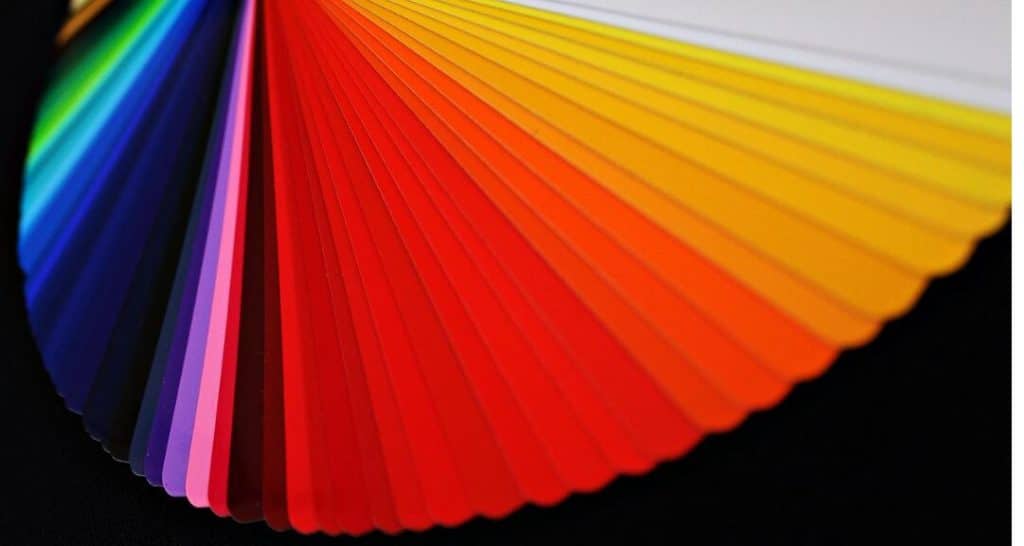
Quality: Color fastness is an indicator of quality. Fabrics and textiles that retain their color despite exposure to various environmental factors are considered to be of high quality.
Safety: Some dyes and pigments used in textiles can cause skin irritation and allergic reactions. Poor color fastness can result in the release of these dyes and pigments, making them potentially harmful to the wearer.
Top 9 Colorfastness Standards
Colorfastness to Washing
Colorfastness to washing tests measure a fabric’s ability to retain its color after being washed. This test evaluates the effects of washing processes on the fabric’s color. The colorfastness to washing test is essential for a wide range of textile products, particularly those that undergo frequent laundering like apparel, home textiles like bed linens, or hospital textiles.
ISO 105-C06:2010
The primary standard for colorfastness to washing is ISO 105-C06:2010, which simulates normal household washing conditions.
Two types of tests are conducted:
Single (S) Test: Represents one commercial or domestic wash cycle, assessing color loss and staining due to desorption and abrasive action.
Multiple (M) Test: Simulates up to five commercial or domestic wash cycles, using increased mechanical action to represent more severe laundering conditions.
Colorfastness to Light
Colorfastness to light tests measure a fabric’s ability to maintain its color when exposed to light. This test evaluates the effects of natural and artificial light sources on the fabric’s color, ensuring the durability and longevity of textiles that are regularly exposed to light. This test applies to many textile products but is especially important for those that are frequently exposed to light, such as outdoor clothing, outdoor furniture fabrics, or automotive textiles.
The primary standards for colorfastness to light are ISO 105-B01:2014 and ISO 105-B02:2014:
ISO 105-B01:2014
ISO 105-B01:2014 specifies a method for determining the resistance of textile colors to the action of daylight. It involves the use of two different sets of blue wool references, which serve as benchmarks for comparing the test results. In the test, fabric samples are exposed to daylight under controlled conditions. The color change is then evaluated against the blue wool references.
ISO 105-B02:2014
Similarly, ISO 105-B02:2014 specifies a method for determining the effect of artificial light sources, representative of natural daylight (D65), on textile colors. In this test, the fabric samples are exposed to a xenon arc lamp, rather than natural daylight. A similar test method is also described in AATCC 16.3.
AATCC TM 16.3
This lightfastness testing standard provides general guidance for testing textile materials to colorfastness to light using xenon-arc accelerated weathering and colorfastness devices. Although AATCC TM 16.3 is primarily specified for US markets, it is also used internationally.
Colorfastness to Rubbing
Colorfastness to rubbing tests measure a fabric’s ability to resist color transfer from the surface of the textile to another surface through friction. This test is essential for ensuring that textiles do not bleed or stain other materials when subjected to rubbing, which is particularly important for items like apparel, upholstery, and textile floor coverings.
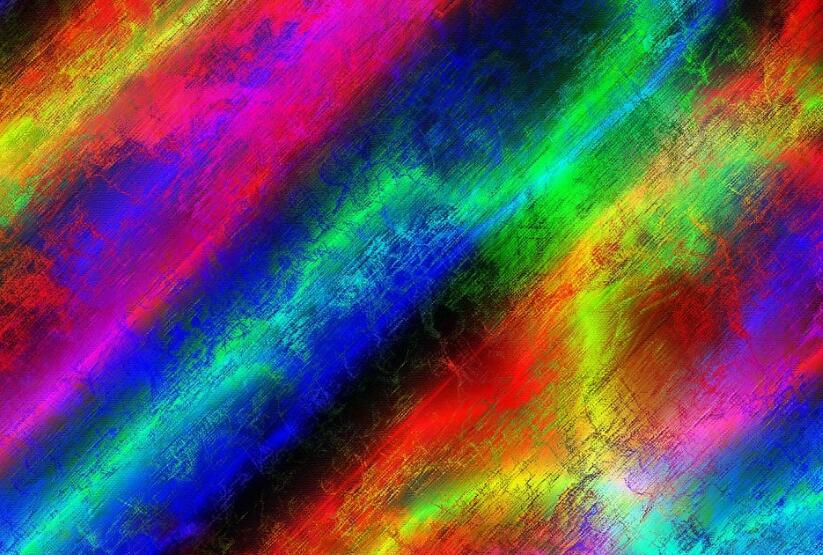
ISO 105-X12:2016
The primary standard for colorfastness to rubbing is ISO 105-X12:2016. This standard specifies a method for determining colorfastness to rubbing by rubbing a standard white cloth against the textile sample under controlled conditions. The degree of staining on the white cloth is then assessed and rated to determine the fabric’s colorfastness to rubbing.
Two types of tests are conducted:
Dry Rubbing Test: A dry rubbing cloth is used to assess the color transfer from the textile when dry.
Wet Rubbing Test: A wet rubbing cloth is used to evaluate the color transfer when the textile is wet.
Colorfastness to Perspiration
Colorfastness to perspiration tests measure a fabric’s ability to maintain its color when exposed to human sweat. This test is critical for textiles that come into direct contact with the skin, such as activewear, undergarments, and other apparel.
The primary standards for colorfastness to perspiration are ISO 105-E04:2013 and AATCC 15.
ISO 105-E04:2013
ISO 105-E04:2013 involves treating specimens of the textile in contact with adjacent fabrics in two different solutions containing histidine, an amino acid found in sweat. The specimens are drained, placed between two plates under a specified pressure in a test device, and dried separately. The change in color of each specimen and the staining of the adjacent fabrics are assessed by comparison with gray scales or instrumentally.
AATCC 15
AATCC 15 determines the fastness of colored textiles to the effects of acid perspiration. It applies to dyed, printed, or otherwise colored textile fibers, yarns, and fabrics of all kinds. In this test, a textile specimen is placed in contact with other fiber materials to assess color transfer. The specimen is wet in a simulated acid perspiration solution, is allowed to dry slowly, and is then evaluated for color change and color transfer.
Colorfastness to Sea Water
Colorfastness to seawater tests measure a fabric’s ability to retain its color when exposed to seawater. This test is essential for textiles frequently in contact with seawater, such as swimwear, beachwear, and marine textiles.
ISO 105-E02:2013
The primary standard for colorfastness to seawater is ISO 105-E02:2013. The test involves attaching the textile specimen to adjacent fabrics, immersing them in a sodium chloride solution for 30 minutes, and then draining and pressing it under 12.5 kPa pressure. The specimen is then heated in an oven at 37°C for four hours and dried separately. Finally, the color change and staining are evaluated.
Colorfastness to Chlorinated Water
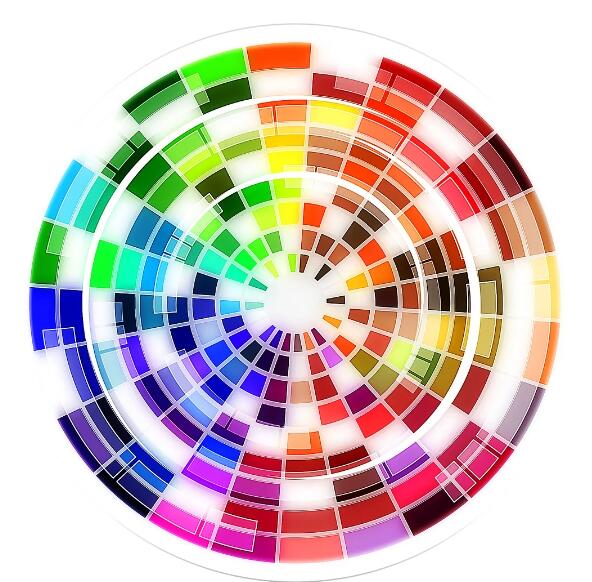
Colorfastness to chlorinated water tests measure a fabric’s ability to maintain its color when exposed to chlorinated water, commonly found in swimming pools. This test is crucial for textiles frequently used in chlorinated environments, such as swimwear, beach robes, and towels.
ISO 105-E03:2010
The primary standard for colorfastness to chlorinated water is ISO 105-E03:2010. The test involves immersing textile specimens in chlorinated water at concentrations of 50 mg/l or 100 mg/l for swimwear, and 20 mg/l for accessories like beach robes and towels. After exposure, the specimens are evaluated for color change and staining using gray scales or instruments.
Overall, Colorfastness is critical to ensuring that textiles and apparel meet consumer expectations, have a long lifespan, are of high quality, and are safe to wear. It is the main quality testing parameter of any fabric. We all are using Fabric in clothes. This test result indicates how good and stable the dyeing and printing are in the Fabric.

